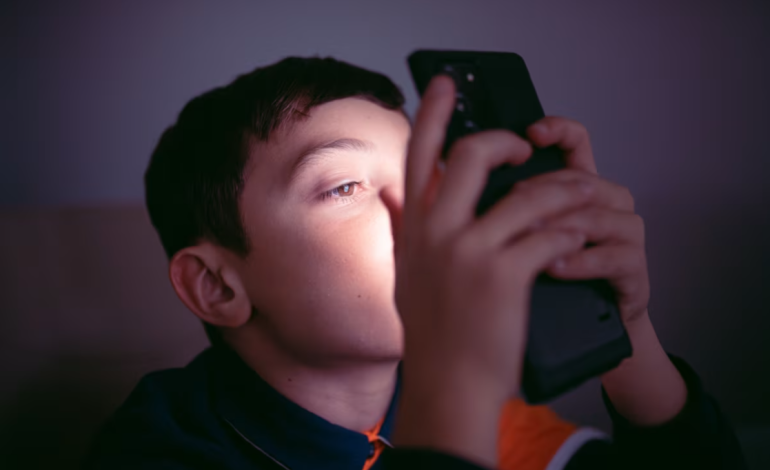A new study published in the journal JAMA has found that teenagers who show signs of addiction to mobile phones, social media, or video games face significantly higher risks of suicidal thoughts and behaviors.
The research, which tracked more than 4,000 children over a four-year period, provides new insight into how patterns of screen use—especially those marked by compulsion and distress—may be linked to mental health outcomes.
Contrary to the common belief that the sheer amount of time spent on screens is the main concern, researchers found that addictive use—characterized by behaviors such as difficulty stopping use, cravings, or negative impacts on daily functioning—was a stronger predictor of poor mental health. These behaviors were assessed using standardized questionnaires that evaluated emotional responses to screen withdrawal and interference with responsibilities like schoolwork.
By age 14, nearly one-third of the children in the study had become increasingly addicted to social media, while nearly half showed signs of high or growing addiction to mobile phones. Over 40% were found to be highly addicted to video games. Adolescents with these patterns were two to three times more likely to report suicidal thoughts or behaviors compared to peers with low or stable screen use.
The study also revealed demographic patterns in screen use behaviors. Girls were more likely to have high or increasing addiction to social media, while boys were more likely to show high addiction to video games. High or increasing addiction rates were more common among adolescents from lower-income households, minority communities, and those with unmarried or less-educated parents.
While previous debates have focused on limiting screen time, experts say this study highlights the need to pay closer attention to how and why teens use technology. For example, some teens reported using screens to avoid real-life problems or to cope with emotional distress—behaviors closely associated with depression and anxiety.
Dr. Yunyu Xiao, the study’s lead author and a professor at Weill Cornell Medical College, noted that simply removing access to screens may not resolve the issue and could lead to conflict. Instead, she advocates for interventions similar to those used in treating other forms of addiction, such as cognitive behavioral therapy.
Dr. Jason Nagata, a pediatrician at the University of California, San Francisco who studies adolescent screen use, praised the study for shifting the focus from time-based metrics to behavioral patterns.
“It provides more nuance,” he said. “Screen time alone doesn’t capture what’s going on.”
Other experts, including Dr. Mitch Prinstein of the American Psychological Association, emphasized that many platforms are designed in ways that encourage addictive behaviors. He called for policy changes that would require age-appropriate design in social media and digital platforms, similar to regulations implemented in the United Kingdom.
Mental health professionals recommend that parents watch for warning signs of screen addiction, such as irritability when disconnected, withdrawal from offline activities, and compulsive use even in inappropriate settings. Clinicians also encourage creating clear boundaries, promoting screen-free times, and involving teens in setting healthy device use agreements.
Clinical psychologist Melissa Greenberg suggests modeling balanced screen behavior at home and fostering offline activities to support social and emotional development.
For families and educators, the message is clear: the quality and nature of screen use may be just as important—if not more—than the quantity.
With input from NPR, the New York Times, CNN, and the Guardian.
If you or someone you know is struggling with suicidal thoughts, contact the 988 Suicide & Crisis Lifeline by dialing 988 or visiting 988lifeline.org. Help is free, confidential, and available 24/7.










The latest news in your social feeds
Subscribe to our social media platforms to stay tuned